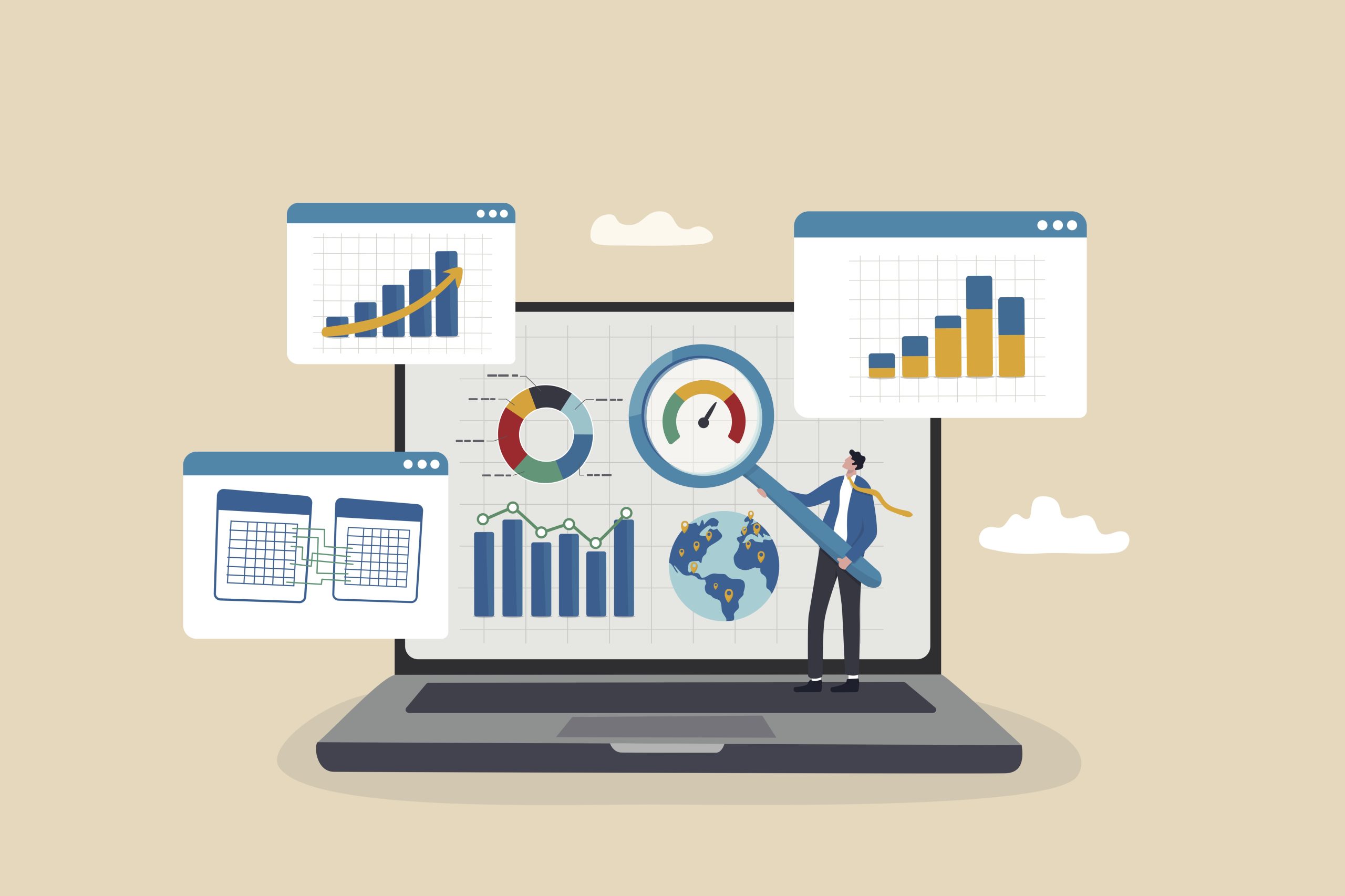
You may think the larger your email list, the better off your sales will be. However, that is nearly never the case. You want your database of contacts to be made up of engaged customers that you can segment by various behavior, purchases, or revenue generated in order to garner the best email results. It’s much easier and less expensive to build brand loyalty by nurturing your existing customers than it is to start from scratch. As the saying goes – quality is better than quantity.
In this blog we’ll break down best practices and what to avoid when managing your contact lists.
Best Practices
1. Welcome Your Subscribers
- Start off strong with an automated Welcome Series for all new subscribers who have signed up on your website. This is the best way to organically build trust with your new contacts, especially if you incentivize them with a discount for their first purchase.
2. Segment Your List
- If you read our last blog, then you’re a pro at list segmentation and know how important it is. As a recap, segments are defined by a set of conditions or attributes for your contacts. For example, you could segment by how many times a customer has placed an order in the last 90 days, or the last time they visited your website. It’s important to segment your list to target your VIP, engaged, or unengaged audiences.
3. Run a Health Check
- It’s important to regularly check the validity of your lists. Is your Bounce Rate high? Are you seeing your contacts becoming less engaged with your emails by looking at your Open Rate and Click Through Rates decrease? Keep an eye on the data and suppress these customers to keep your lists clean.
4. Automate Sunset and Win Back Flows
- You should implement a Sunset or Winback Flow to try and re-engage your customers before suppressing them for good. In these flows, you can set specific parameters to target specific cohorts – for example, contacts who haven’t opened an email in 6 months, or customers that haven’t made a purchase in a year. If customers are still unengaged after they complete the Winback Flow, move them into a suppressed list.
5. Multi-Step Sign Up
- If you have the ability to use a two-step pop-up on your site, you should give this a try! Asking additional questions allows you to collect even more data on your contacts such as birthdays and phone numbers, and using the two-step process ensures you at least get their name and email if they decide not to fill out step two. You can consider contacts who complete this pop-up as highly engaged with your site and content, and you can then use this information to better communicate with them, send birthday discounts, and personalize your emails to cater to them.
6. Double Opt-in
- The double opt-in functionality is a process through which a new subscriber must confirm their subscription with an extra step before actually being subscribed to a given list. This is a great way to ensure your audience is raising their hand for content.
Now that you’ve done everything right to ensure your database of contacts is qualified, let’s get into a few things you should avoid when it comes to your lists.
What To Avoid
1. Do Not Email Your Full List
- Emailing your full list can drive down your sending reputation and drastically affect deliverability. Remember to segment!
2. Do Not Purchase Email Lists
- This is definitely something you should avoid and can even be illegal (make sure you understand the CAN-SPAM Act). It’s best to build up your own list of engaged and qualified customers organically, as this will give you higher rates of ROI and email engagement
We hope these best practices will guide you in the right direction when thinking about your subscriber and customer lists! If you’re looking for additional support when it comes to your email strategy contact PCR!





